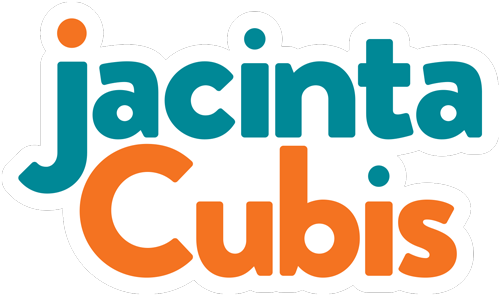Better looking
People often ask me how they should know what to look for when facilitating.
I feel bad that I can’t give them a list. Because every group is different.
We don’t always know who is in the room, what relationships they have with each other or how much trust exists.
Even if participants are our colleagues, we can’t guess what they will bring in with them on a particular day, from their personal or work life.
If the session has been co-created with a colleague or a client, the group’s history, power dynamics and politics can remain a mystery.
Rather than a list of signs to look for I encourage anyone who works with groups to pick up a camera to get better at looking.
Max Bazerman’s research found that getting better at noticing helps you to know what to focus on. Both he and Warren Bennis encourage people to become ‘first class noticers’, a phrase coined by Saul Bellow in The Actual.
They’d probably agree with the words of a character in Bellow’s novel that being a ‘first class noticer’ is “…not so much a skill…it's a way of life“.
Bellow’s fictional ‘first class noticer’, Harry Trellman, believes that, "If you have it, it's because you've always had it."
That might be true, but I think it is a skill that can be learned. Ellen Langer has proven in over 40 years of research that people can learn to notice, and that the effects can be profound. Better noticers are more mindful and content.
We can train our eyes to not just look, but to see, notice and observe. That’s why medical students are taken to art galleries.
I reckon the street is the equivalent to an art gallery for facilitators. It’s as unpredictable as any room that we might facilitate.
Street photography is the method. It helps us move from seeing what we expect, to observing the unexpected.
And the everyday tool is the camera in our phone.
Street + photography + phone = better observers and better facilitators.
Regular practice is the key to better looking, a daily habit. This one doesn’t need a reward, a la James Clear. It’s fun and creative.
Take a photo on your phone, every day, out on the street.
On the way to work, the gym, the school drop off, going to the shops or on your daily walk. Find a minute in the ‘nooks and crannies’ of your day, as Austin Klein says in ‘Show your Work’.
Then post it. I use Instagram, but use whatever works for you. It makes me stick to the habit. Tag it #Facilitograhy, #observation or #firstclassnoticer.
I’d love to know if there are any other habits that are free and make you better at looking.
Here’s a simple exercise to get started. Try if every day, for a week.
Choose anything – a tree, a car, a building, a doorway, a platform, a tram stop.
Take two photos.
1. One standing straight in front, with the object nicely in the centre. Something you would expect to see.
2. The second, of exactly the same subject, but in an ‘unexpected’ way. Get down on your knee, shoot just part of it, walk closer, walk to the left, get a different angle or perspective.
Curious to try more? Come to my introductory #Facilitography Walkshop - by exploring new ways of seeing, we practise the subtle art of facilitation. Details below.
If you’d like to work together, here are 3 ways to get started:
1. Join me for an introduction to #Facilitography in the heart of Melbourne, 5.30pm – 7pm, every fortnight:
☐ 30 January
☐ 12 & 26 February
☐ 11 & 25 March
Details and book
2. Get a copy of my Insights Paper, Read the room like a street photographer
It’s about why reading the room is vital for productive conversations and how to get better at reading the room with the help of your phone. Comment below and I’ll send it to you.
3. I’ve got two places left in my facilitation mentoring program this quarter.
Comment below and I'll get back to you with the details.

